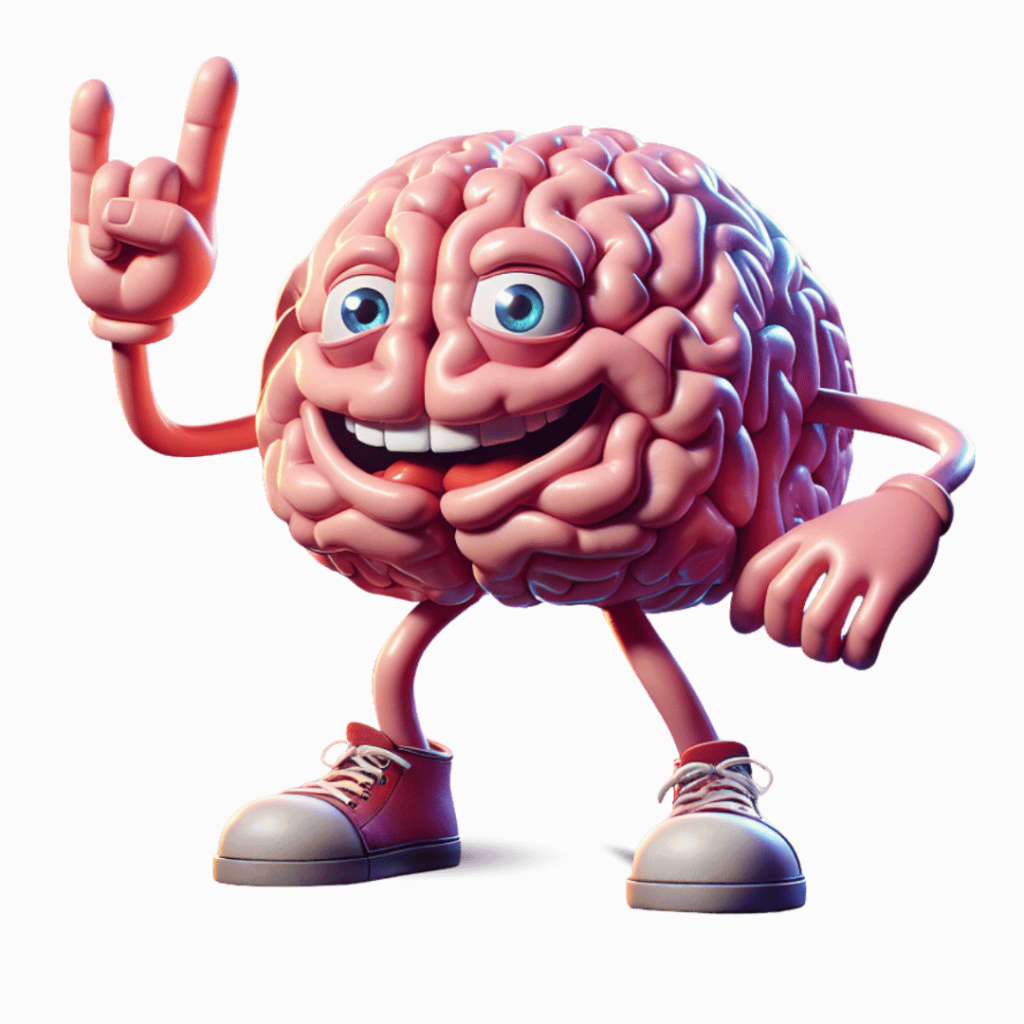The AI Rosetta Stone: Decode Machine Learning Like a Natural
Imagine standing before the Rosetta Stone—an ancient artifact unraveling languages and mysteries of communication. Now, picture machine learning as our modern enigma waiting to be deciphered. In a world increasingly colored by artificial intelligence, understanding machine learning is like cracking a secret code that can unlock countless opportunities. Fear not, for this guide is your magical key to understanding and applying machine learning concepts without needing a PhD in computer science.
The Essence of Machine Learning
At its core, machine learning is a subset of artificial intelligence that enables systems to learn from data, improving their performance over time without explicit programming. It’s like teaching a dog new tricks through positive reinforcement instead of giving them a step-by-step manual. With the right input, machine learning systems can recognize patterns, predict outcomes, and even make decisions. Think of it as a smart crystal ball, but instead of seeing the future, it helps you navigate complex data. So, what makes it so important? The answer lies in its ability to transform data into actionable insights—a superpower every modern business desires.
Key Terminology Translated
Let’s dive deeper into the magical lexicon of machine learning. Here are some key terms every aspiring AI enthusiast should know:
- Algorithm: Think of this as a recipe—it’s a set of instructions on how to process data for a specific task.
- Model: This is what you get once your algorithm has been baked with data; it’s your intelligent creation ready to make predictions.
- Training Data: The ingredients for your algorithm, where the learning begins!
- Neural Network: This mimics the human brain’s interconnected neuron patterns—like a group of friends sharing knowledge over coffee.
These terms form the vocabulary of machine learning. They may sound intimidating at first, but mastering them will serve as your Rosetta Stone for deeper understanding.
The Data Journey: From Raw Input to Intelligent Output

Picture this: a flow of data beginning its journey from raw input to the ultimate intelligent output. The process unfolds in several stages:
- Data Collection: This is where it all begins; gathering raw data from various sources, like surveys, sensors, or databases, much like collecting rare ingredients for that perfect potion.
- Data Processing: Here, data gets cleaned and organized—like weeding out the bad apples from a basket to ensure only the finest make it into your lunch.
- Model Training: Our algorithm now feasts on the training data, gradually learning the intricate patterns buried within—think of a student acing a final exam.
- Testing: Like a magician perfecting their tricks, this stage evaluates how well the model performs against unseen data.
- Deployment: Finally, the model is ready for action, producing intelligent outputs and making predictions. Voilà!
This journey illustrates the beautiful metamorphosis of raw data into refined intelligence.
Supervised vs. Unsupervised Learning: Two Dialects of Machine Learning
Now that we’ve taken a stroll through the enchanting land of data, let’s explore the two primary dialects of machine learning: supervised and unsupervised learning.
Supervised Learning
This is where you hold the hand of your algorithm as it learns with labeled training data—like a parent guiding their child’s first steps. The model learns to map input data to the correct output. Common applications include:
- Email classification (spam vs. not spam)
- Image recognition (identifying cats vs. dogs)
- Medical diagnosis predictions
Unsupervised Learning
In contrast, unsupervised learning is all about exploration; here you kick your algorithm out of the house to find its way. It works with unlabeled data and seeks to identify patterns and structures independently. Look for this method in:
- Customer segmentation
- Anomaly detection (spotting outliers in data)
- Recommendation systems (like Netflix’s built-in suggestion tool)
Understanding the difference between these two dialects of machine learning is critical to selecting the right approach for your projects.
Real-World Applications: The Power of AI Unleashed
Machine learning doesn’t just exist in textbooks; it is woven into the fabric of various industries, championing innovation and efficiency. Here’s how it manifests:
- Healthcare: From predicting disease outbreaks to personalized treatment plans, machine learning is revolutionizing patient care.
- Finance: Risk assessment algorithms are saving millions by identifying fraudulent transactions before they spiral out of control.
- Marketing: Targeted advertising improves conversion rates—think of it as hitting a bullseye with every dart thrown!
- Transportation: Self-driving cars rely heavily on machine learning to navigate the roads, learning from real-world driving experiences.
Each application exemplifies how machine learning can create value and enhance decision-making, boosting operational efficiency and offering unprecedented insights.
For the Non-Expert: Accessible AI Tools
Diving into the world of machine learning may feel a bit like trying to learn magic tricks in Hogwarts without a wand, but fear not! There are various AI tools and platforms designed for non-experts:
- Interactive Prompt Course: The Marketing Magician’s Handbook—This course equips you with 100 transformative prompts that make AI application feel like a magical journey.
- Google’s AutoML—Simple tools that allow you to automate your modeling process.
- IBM Watson—A platform offering various AI services without requiring deep technical knowledge.
With the right tools, anyone can embark on their machine learning adventure!
Cultivating an AI Mindset
To thrive in the AI realm, fostering a growth mindset is essential. Here are strategies to cultivate curiosity and a love for learning:
- Stay updated on the latest trends in AI technology by following The Overthinking Assassin blog post.
- Participate in online communities, such as forums or social media groups focused on AI.
- Attend webinars and workshops to expand your knowledge base.
- Explore educational resources, books, and podcasts—curiosity is your best friend!
Engaging with others passionate about AI can spark new ideas and insights, helping you navigate the enchanting world of machine learning.
Taking Action: Getting Started with Machine Learning
So, how do you wield your newfound knowledge to embark on your machine learning journey? Here are some actionable steps:
- Identify your goals: What challenges do you aim to solve with machine learning?
- Start small: Choose a manageable project that aligns with your interests—think of learning a fun magic trick instead of performing a grand illusion to a full theater of spectators.
- Utilize available tools: Leverage AI platforms that simplify the process, like the previously mentioned Interactive Prompt Course.
- Document your progress: Keep a learning journal that tracks your insights and discoveries.
- Share your findings: Connect with like-minded individuals or forums to exchange knowledge.
By taking these steps, you’ll confidently carve your path in the world of machine learning, transforming curiosity into competence.
A World Full of Possibilities
As we unravel the mysteries of machine learning, we step closer to harnessing the transformative power of AI. Your journey has just begun, so embrace the learning, delve into the data, and explore the endless possibilities that lie ahead. With every twist and turn, this enchanting adventure promises surprises, discoveries, and a glimpse into the magical realms of machine learning. Now, go forth, fellow explorer, and let the wonders of AI unfold!












